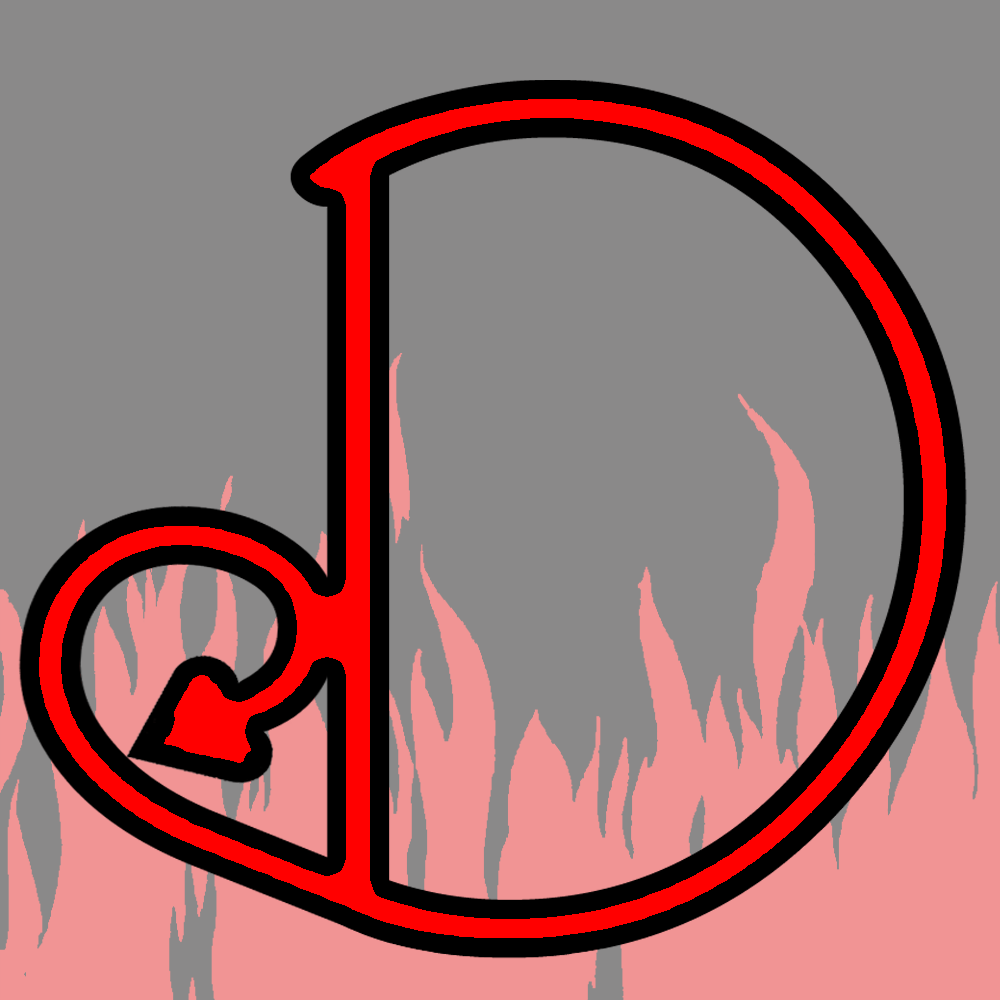To Mr. Prieur [father of the Prieur brothers]
September 6, 1818, Paris
Dear Sir,
I take the liberty of writing to you, though you do not know me. I believe it necessary to inform you of all that your son Etienne Prieur has subjected me to.
I met this young man at the Mazarine Hotel, in August 1817, where we were both staying. I appreciated the good principles that a strong education instills, and the love of religion that he showed inspired great confidence in me, so much so that we made regular visits to each other’s homes.
I had many happy conversations with him during our walks, which drew me closer to him. He confided in me, I was touched by his troubles, he seemed to listen to the advice I gave him as if we were true friends. I saw in him youthful heedlessness more than a bad temper, and did whatever I could to bring him back to goodness. I even thought I had succeeded.
And I felt it was my duty to share my sufferings with him, and he seemed to listen to them with interest, promising to soon lessen them, if he could not completely remove them.
And in those conversations I did not hide that I was, against my will, under the power of magicians, physicists, and sorcerers, who for several years tormented me day and night, even following me into the temple of the Lord, which pained me even more than when they came to disturb my sleep at night.
Your son was convinced that these were only scoundrels and rogues, wicked people who were tormenting me, and that he could take me under his protection and take me from the hands of these villains. By means of some significant operations against them, he would give me back my complete freedom. During the time he needed to prepare his operation, he introduced me to his brothers, and a Mr. Papon Lomini, their cousin. And they seemed to be well-bred young people, and I enjoyed seeing them quite often.
However, I noticed that not all of them seemed to be following the same path. Perhaps they didn’t know how. We often went with your son on errands outside Paris, particularly to Mont-Valerian and the calvary, [1] wherever faith lead us, and he would always promise to pull me from the grasp of my enemies, and under various pretexts, he kept me in suspense until finally he left for the seminary of Amiens, a departure he took care to hide rom me. I asked for his brothers and his cousin to keep the promise he had made to restore my freedom, a promise which he had not yet fulfilled. And if I am no longer under the power of Pinel, Moreau, and the Vandeval woman, I have not ceased to be under his.
None of these gentlemen deigned to reply to my letters. Even so, I had learned that Etienne was in Picary. I wrote him in vain; I had hoped for a response in September, the time when I thought he was on vacation, and when he had promised to come see me.
As he did not make his promised visit, I took the liberty of writing two letters to the superior of the Seminary of Amiens. I learned that Etienne was no longer in that city, and there was some talk of him coming to Paris. I have no current knowledge of his whereabouts. As it may be that you had called him to you, I asked Baptiste if he could give me his address, so that I could remind him of his promises. He said that he had seen him, but did not know where Etienne was saying, that he would find out and let me know in writing. I am still waiting for this information, even after having asked him for it in a letter. I was no more fortunate with his brother, the pharmacist, or Papon Lomini. One replied in the negative, the other was silent.
And so, you are my only recourse, and I hope that you will be kind enough to answer me. As his father, the natural authority you have over your son will surely oblige him to fulfill his promises to me and finally restore me to peace and freedom.
With respect and the greatest consideration,
Your humble servant,
M.B.
[1] My best guess on these: Mont-Valerian had some construction in the 1840s and played an important part in World War II, and I can only find a note that it was the home of a community of hermits and monastics in the town of Puteaux, a suburb of Paris. The Calvary may be the Calvary at Pleyben. A Calvary is generally a monument representing the crucifixion of Jesus, and the Calvary at Pleyben is an impressive large monument, four massive sculpture-topped columns, at least 50 feet tall, with scenes from Jesus’s life, death, descent into hell, and resurrection. There are other calvareys, but this one is impressive and a likely tourist destination for someone as religiously-oriented as M.B.
Below, the Calvary at Pleyben to the left of a 16th-century church (Jean-Marc Aubelle, fr.Utilisateur: Jim ll’Auvergnat); Relief of the Calvary (by Disheol), Passion of Christ (Michael Kranewitter)




Recent Comments